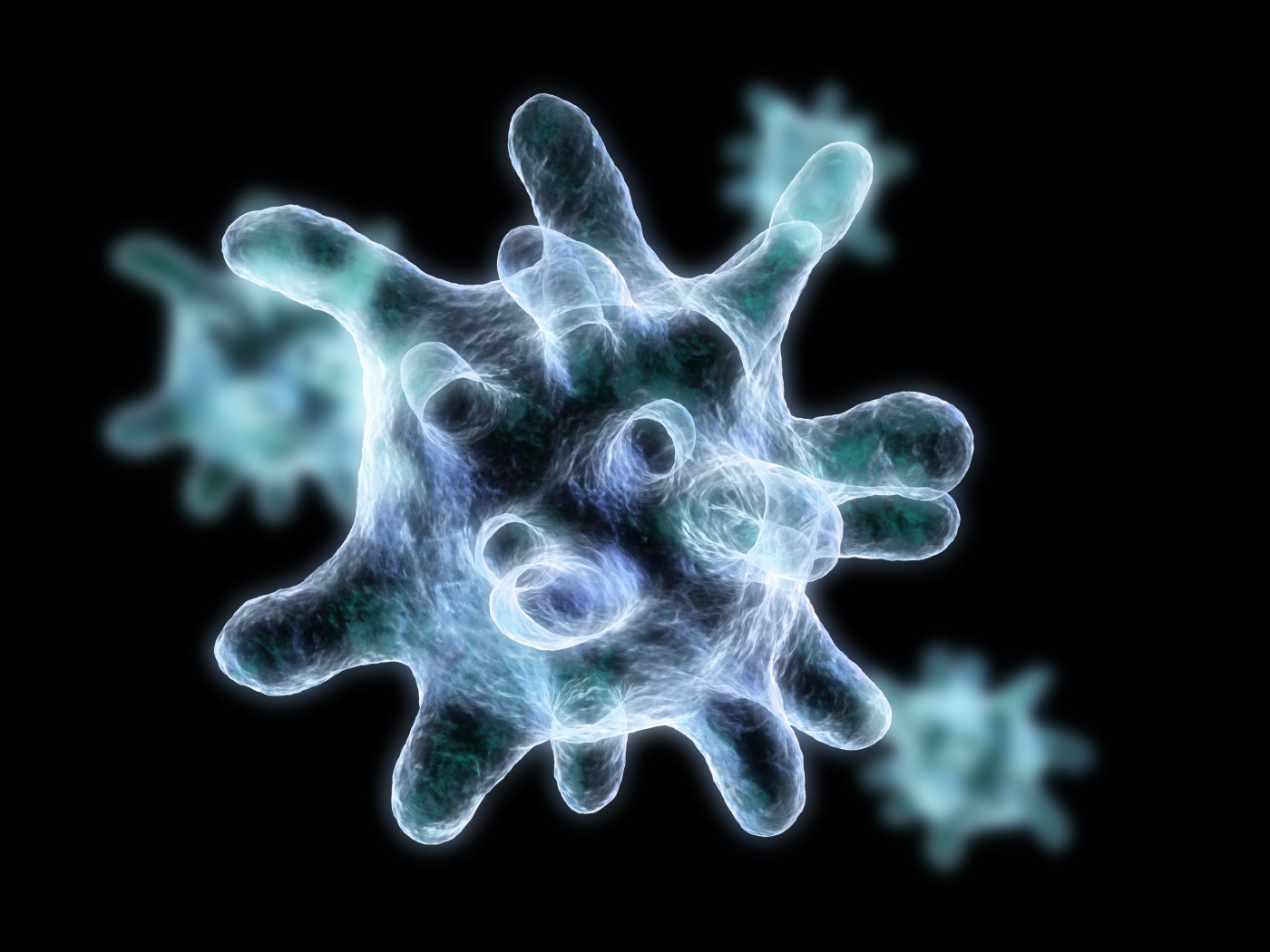Viral Infections May Lead to Chronic Lung Disease via Sentinel Immune Cells
Written by |

In response to an acute respiratory viral infection, a type of sentinel immune cell — called dendritic cells — trigger a chain of events that can lead to lung diseases that include chronic obstructive pulmonary disease, a study in mice found.
The study, “TLR3-Activated Monocyte-Derived Dendritic Cells Trigger Progression from Acute Viral Infection to Chronic Disease in the Lung,” was published in The Journal of Immunology by a team of researchers from the Washington University School of Medicine in St. Louis.
Dendritic cells guard the body against germs, such as a viruses, by standing sentinel at sites of entry and triggering the initial immune response against the invaders. They also secrete signaling proteins — known as cytokines — to regulate the immune response.
Problems start when dendritic cells do not let their guard down — even after the infection is resolved.
A research team led by Michael J. Holtzman, MD, director of the Division of Pulmonary and Critical Care Medicine, wanted to understand how a viral infection that has been cleared from the body can nevertheless progress to cause chronic lung disease.
“Not everyone experiences this progression. We believe there’s some switch that gets flipped, triggering the bad response. We’re identifying that switch and ways to control it. This work tells us that this type of dendritic cell is sitting right at that switch point,” said Holtzman in a university release.
Researchers used a respiratory virus that typically infects rodents, called Sendai virus, to make mice more prone to developing chronic inflammation in the lungs.
These mice lacked toll-like receptor 3 (TLR3), a protein that can sense pieces of double-stranded RNA, a sign of viral infection. This strategy allowed the researchers to study whether TLR3 — displayed by dendritic cells transferred into this mouse model — could turn on the switch that triggered disease.
Results showed that TLR3 was required for the release of interleukin 33 (IL-33) — a cytokine that attracts T-helper type 2 cells, which are specialized immune T-cells involved in amplifying the immune response. This release, in turn, drives lung disease.
However, TLR3-loaded dendritic cells did not produce the cascade of reactions typically set off by that protein.
Instead, the dendritic cells helped epithelial cells — the cells that line the lung’s airways and help in tissue repair — multiply, thus providing “an enriched and persistent cell source of IL-33 required for progression to a disease phenotype that includes lung inflammation, hyper-reactivity, excess mucus production, and remodeling,” the researchers wrote.
“Dendritic cells are telling the cells lining the airway what to do. There’s more work to be done, but this data tells us that the dendritic cells play an important role in getting the airway-lining [epithelial] cells onto the wrong path,” Holtzman said.
According to the researchers, these findings may open new avenues to the prevention and treatment of chronic lung diseases triggered by an acute respiratory viral infection.
“People who are susceptible to virus-triggered disease include patients with asthma, COPD, and viral infections such as COVID-19,” Holtzman said. “It’s really critical to look for ways to fix this disease response and prevent the problems that might occur after the virus has gone.”
Researchers believe that high levels of dendritic cells in the lungs of hospitalized patients could be a warning sign that such people are at risk of severe respiratory disease.
“We’re pursuing this line of research to help improve prediction of severe lung disease after infection and to provide companion therapies that could prevent this switch from being flipped or flip it back to reverse the disease,” Holtzman added.




